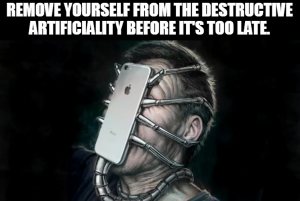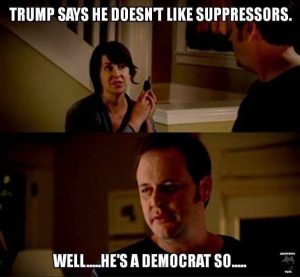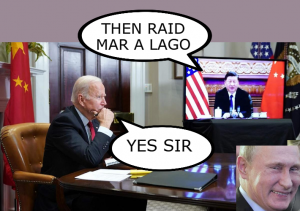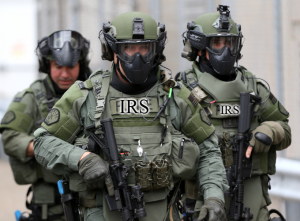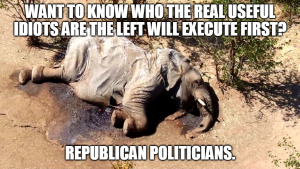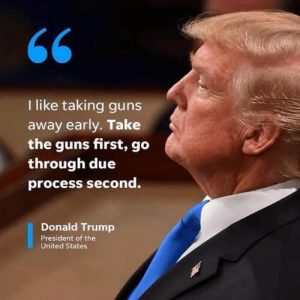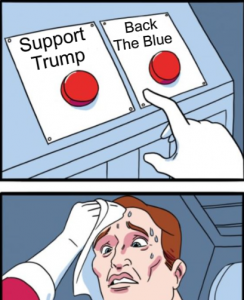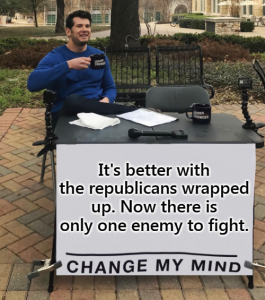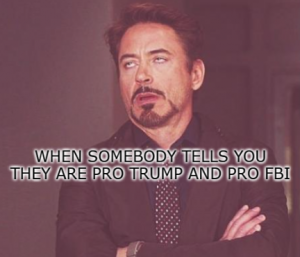Yes, it was like that in Fallujah too. My son was there.
Everything changed when Slatten’s four-vehicle Blackwater Tactical Support Team, callsign Raven 23, responded to a car bomb attack on a diplomatic security detail in Baghdad. “There was a huge explosion at lunchtime; we dropped our food and ran for the trucks.”
They took small arms fire from multiple positions around the traffic circle at Nisour Square and responded in kind. “It was a bad situation; the Iraqi police were shooting at us, and vehicles became involved. There were civilians intermixed with the people shooting at us. My brothers did the best that they could do in an impossible situation.”
Slatten fired two rounds at a pair of armed individuals maneuvering against the team’s position — killing one of them.
While Slatten’s account of his actions signifies an appropriate application of force with restraint, there are conflicting reports that other members of the team did not.
The M240 gunner in Slatten’s BearCat armored vehicle fired dozens of rounds at a white Kia that matched the description of a suspected vehicle-borne improvised explosive device (VBIED).
The vehicle, which was occupied by innocent civilians, had failed to stop despite the team’s repeated warnings. He continued firing, resulting in numerous casualties. “Some guys on the team had a problem with what the machine gunners were doing. They thought they shot too much in a crowded circle.” Slatten, however, doesn’t share that view: “I think they didn’t shoot enough. If you’re getting shot at, you’re supposed to shoot back. They used discretion.”
According to the U.S. Department of Justice, 14 civilians were killed during the firefight and another 17 were wounded. Those specific numbers have been contested by some, but it was, by any measure, a tragic incident.
After the fight, Slatten and his teammates figured this was just another day on the job in an active war zone. They were wrong. Not long after they pulled into their Green Zone compound, their vehicles peppered with bullet impacts, an investigation into the Nisour Square event began to unfold.
[ … ]
“We reported to the investigators where the fire was coming from, and they found expended AK-47 shell casings in those locations,” Slatten remembers. “The State Department said it was a ‘good shoot’ and cleared us. Then, the FBI picked it up, and it got all sideways.”
But the case was thrown out by Judge Ricardo Urbina, who said the case was a nonstarter, rife with prosecutorial misconduct, and a total lack of evidence. He dismissed the case on New Year’s Eve 2009, saying: “The court declines to excuse the government’s reckless violation of the defendants’ constitutional rights as harmless error.”
Then-prime minister candidate Nouri al Malaki demanded “American justice” for his people — namely, a public trial for those involved in the Nisour Square incident.
Then-Vice President Joe Biden flew to Iraq, publicly apologized on behalf of the United States and vowed to appeal Judge Urbina’s decision, while then- Secretary of State Hillary Clinton, in an email from her private server asked “… what can we do about Judge Urbina’s ruling example, what is the likelihood of success on appeal? Can the U.S. file a civil action against the company? Pay compensation to the victims? What other options do we have?” It was clear the executive branch was interfering in the role of the judiciary.
[ … ]
Slatten was charged with a single count of murder, for killing the Kia driver — a shot that Slough said in multiple sworn statements that he had taken. The Kia driver’s father repeatedly refused to testify against Slatten, saying that the FBI had always told him that Slough killed his son.
The lead investigator was an Iraqi police colonel with definite ties to Iranian-backed insurgent groups. There were no autopsies conducted, and no forensic evidence utilized by the prosecution to build their case.
You can read the rest at Recoil. But there you have it. The FBI, Hillary Clinton, Maliki and Joe Biden. That’s where the problem began.


